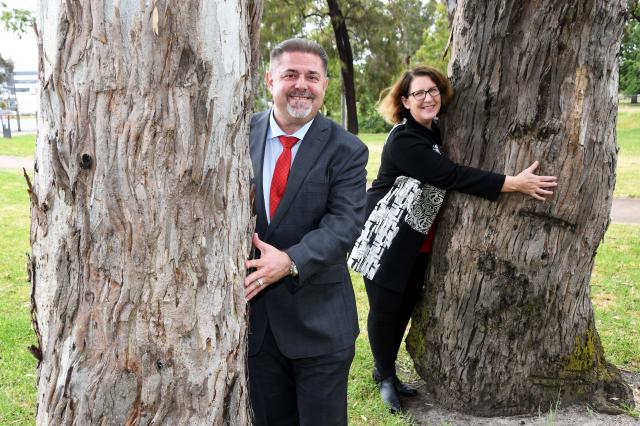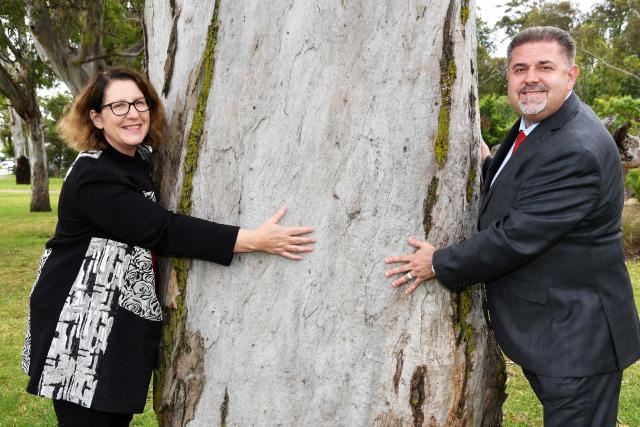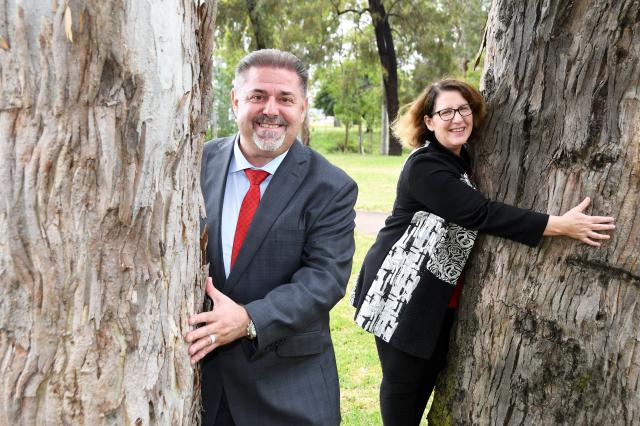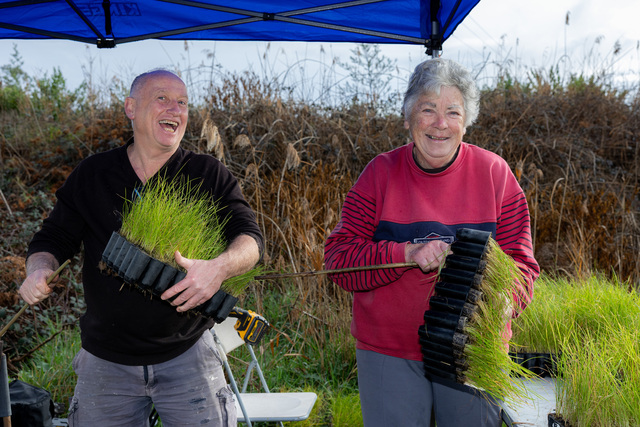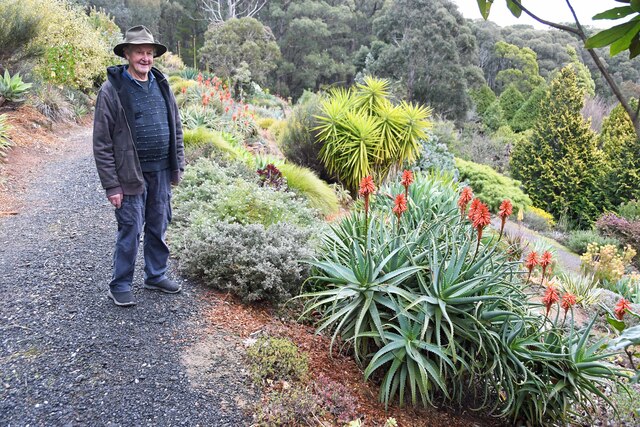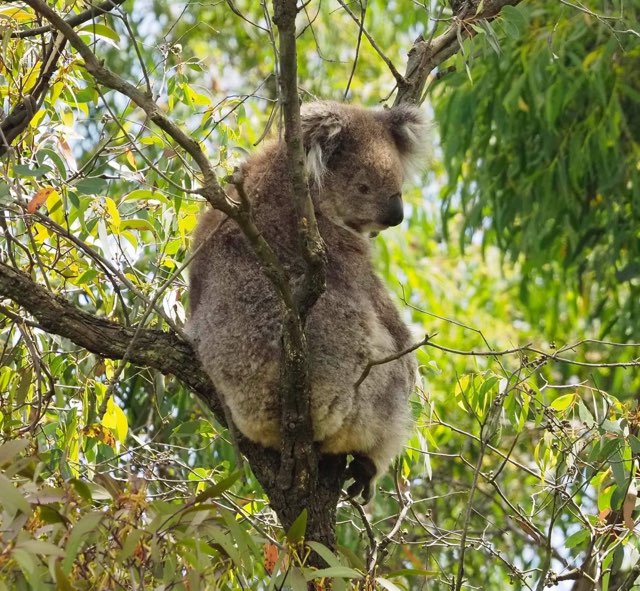Greater Dandenong is set to pursue the controversial ‘third stage’ for boosting its sparse, vanishing tree coverage.
A majority of councillors have agreed to create a local law to require permits to remove mature trees on private land.
The key details such as minimum tree sizes, assessment fees and exemptions are yet to be agreed on.
Private land makes up 73 per cent of the municipality.
It is regarded as a crucial part of increasing canopy coverage from a paltry 9 per cent to 15 per cent of the council area by 2028.
Council reports have stated that extensive planting on public land won’t be enough to reach the target.
Since 2016, the council area has lost a further 0.9 per cent of canopy – down from 9.9 per cent to 9.0 per cent.
In the past three years, nearly 3000 trees have been removed.
The council has planted more than 9600 street and park trees in that time but they won’t provide canopy cover for at least 20 years.
The lack of trees, high levels of concrete in private gardens and dark surfaces have made Greater Dandenong the seventh hottest region in Melbourne, a council report stated.
It results in what is called the ‘urban heat island effect’.
Councillor Rhonda Garad said the tree laws were required to mitigate the impacts of climate change and the ‘urban heat island effect’.
“The council understands the need to protect our trees, so they can continue to protect us.
“As climate changes begins to affect us more, with hotter temperatures and more severe weather, trees will play a critical role in keeping us safe.
“We are all custodians of our beautiful trees, and the councils wants to assist residents in protecting their trees.”
Mayor Jim Memeti said improving tree coverage also provided social, economic and aesthetic value.
“Council continues to plant new vegetation on its land and is working with the community to retain existing vegetation and plant new vegetation on private land.”
Cr Memeti said the tree protection laws should make tree assessments free of charge, and to allow exemptions for trees that threaten homes and foundations.
The tree removal permit issue has split councilors in the past.
Opposing councillors have argued for landowners’ rights to manage vegetation on their own land, and without being subject to a costly permit system.
The statutory process for a local law is expected to begin in 2022.

